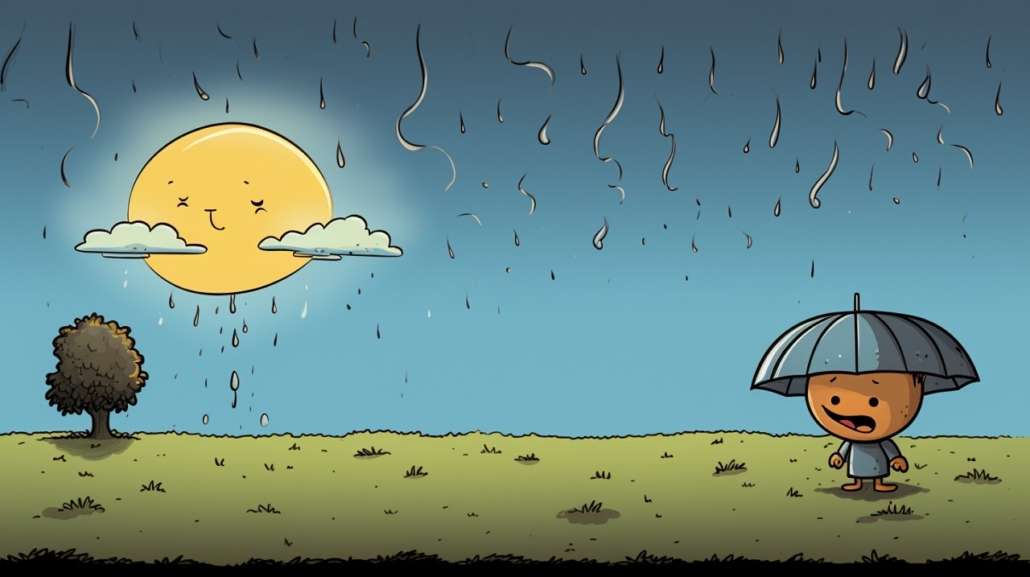REVIEW POTPOURRI: Gerald Ford
 by Peter Cates
by Peter Cates
Gerald Ford
The 38th President Gerald Ford (1913-2006) always struck me as the most personally likable of our 46 chief executives. His geniality helped immensely in generating good will on both sides of the aisle during his 25 years in the House of Representatives before President Richard Nixon appointed him as vice president on December 8, 1973, after Spiro T. Agnew was forced to resign.
However, at the same time, when Ford became vice president, I confess to knowing very little about him, except for the name, and, despite having more interest in our nation’s leaders 50 years ago than nowadays, I had very little interest in knowing more about Ford (Congressmen L. Mendel Rivers and H. Edward Hebert interested me more.). But I do remember Ford serving on the Warren Commission investigating JFK’s assassination.
Eight months later on August 9, 1974, President Richard Milhous Nixon resigned and Gerald Ford became president and would appoint Nelson Rockefeller as vice president (it was a choice between Rockefeller and George H. W. Bush.). Ford also kept Henry Kissinger on the job as Secretary of State and William E. Simon as Treasury Secretary.
Certain memories of the Ford Presidency stick out:
A photograph in Time magazine shows Ronald Reagan shaking hands with D.C. Federal Judge John J. Sirica, who became best known during the Watergate investigation for demanding that Nixon turn over the White House tapes; Ford is standing between the two men with a look of panic on his face.
First Lady Betty Ford did a cameo appearance on the Mary Tyler Moore Show.
During September 1975, two assassination attempts were made on President Ford’s life 17 days apart – the first by a Charles Manson follower named Squeaky Frome and the second by Sara Jane Moore. Both women served prison terms for more than 30 years before finally being paroled.
Ford’s decision to pardon former President Nixon may have been the most controversial one of his two years in office and is still being debated by scholars.
Ford’s televised debates with Democratic candidate Jimmy Carter were marked by what struck me as lots of warmth and cordiality – the amount of time the two spent shaking hands seemed at times forever.
A few memories after Ford left office:
In the late ‘70s, Ford was a guest on the Dick Cavett Show and had the most ingratiating smiles and laughs at Cavett’s witticisms.
At the 1980 Republican Convention, it was reported that Reagan offered Ford the chance to be his running mate before selecting Bush.
During the late 1990s, a cable channel televised a program at the Ford Presidential Library in which the former president introduced historian David McCullough who gave a speech about his just published biography of Harry Truman.
On December 26, 2006, President Ford died from coronary disease at his home, in Rancho Mirage, California; he was 93.














 You can join in the efforts of Rotary members and others to wipe polio from the face of the earth.
You can join in the efforts of Rotary members and others to wipe polio from the face of the earth.